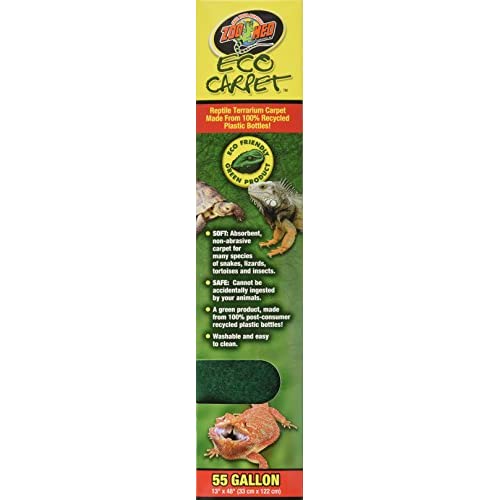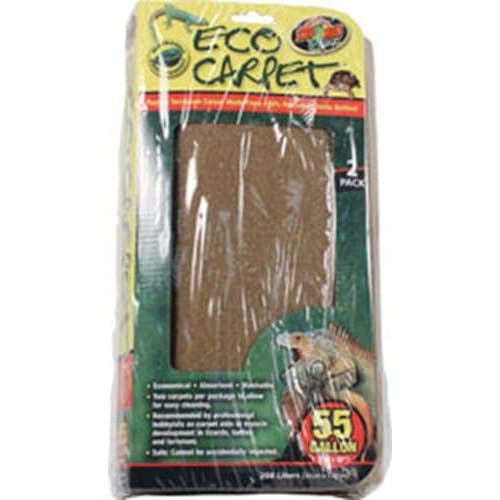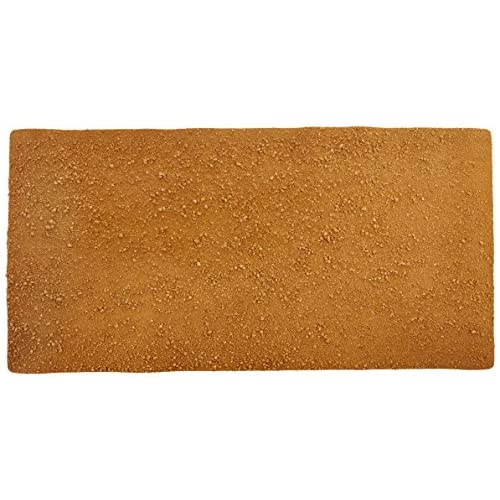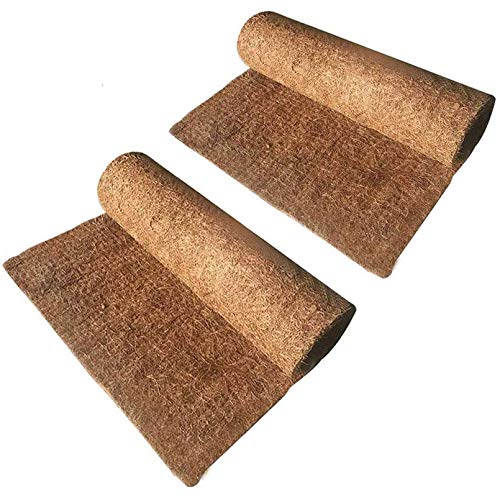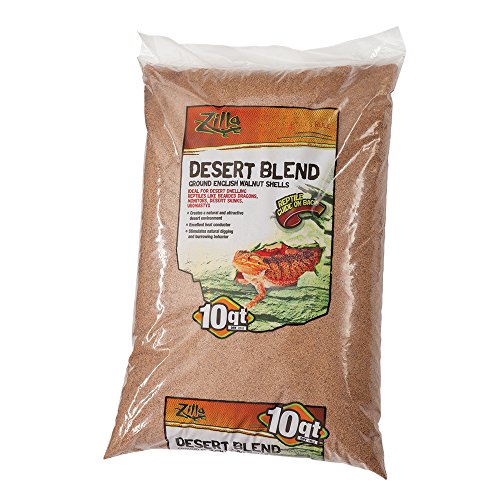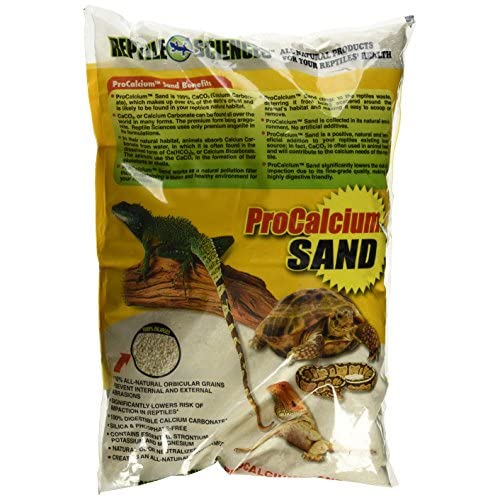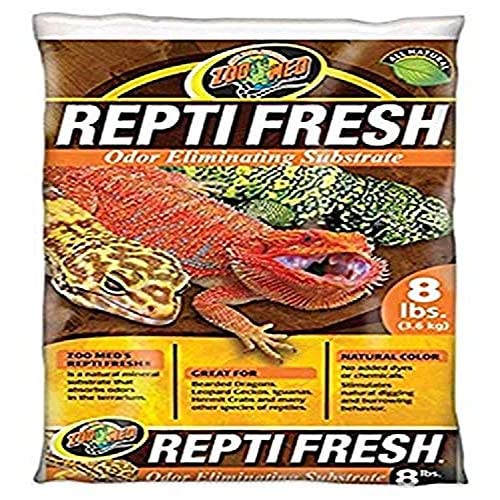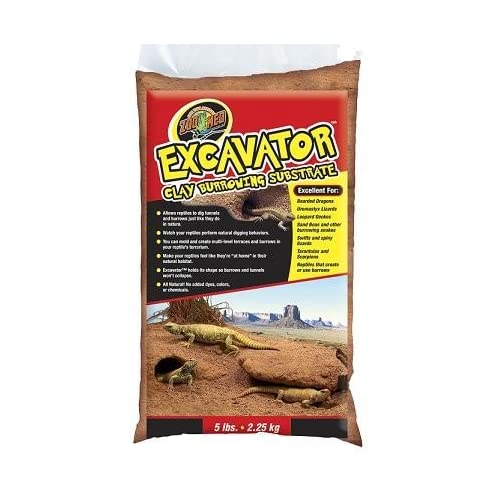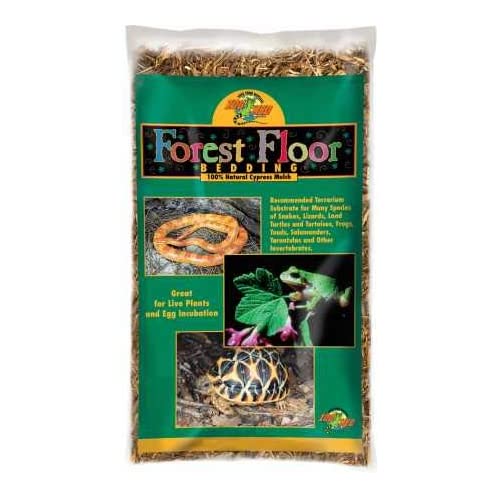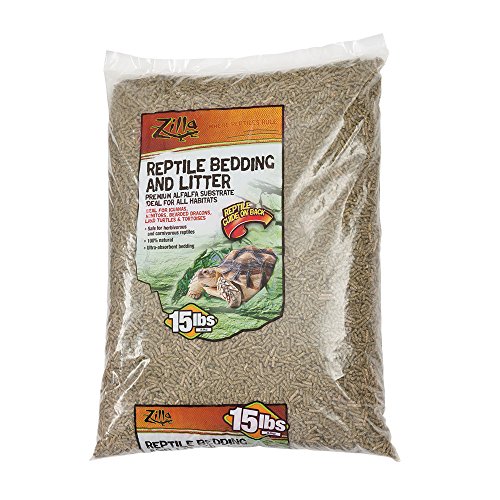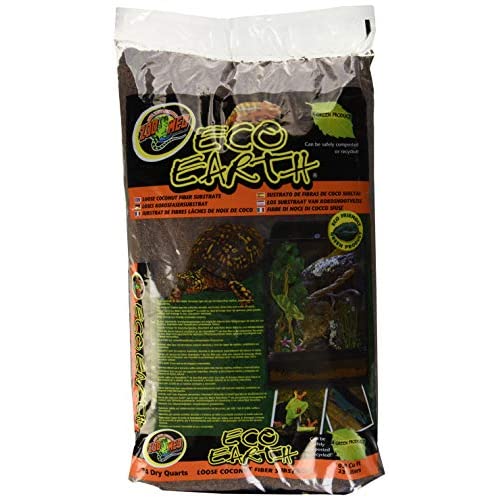How do you create a comfortable home for your beardie? Use one of the best substrates and bedding for bearded dragons in his cage. But what makes one substrate superior to other kinds? We did the research to find out.
Since bearded dragons are desert reptiles, they need a dry, warm environment. They depend on their keeper to clean up their messes. But they’re also prone to a health condition called impaction. Therefore, their bedding needs to be clean and dry, easy to maintain, and not dangerous if they swallow it.
There’s a big debate about the best substrates for beardies. Some experts recommend loose bedding that the lizard can burrow into, while others say that flat surfaces like reptile mats are better. Of course, each one has pluses and minuses.
As you shop today for substrate, we hope our reviews guide you to the best choice for your pet.

Reptile mats and terrarium liners
Let’s look at the pros and cons of using a reptile mat. We’ll begin with the pros. First, it’s easy to clean and replace. Second, it doesn’t create dust and it’s not edible. Third, many terrarium liners are safe for juveniles, not just adults. And fourth, it’s a good idea to get one even if you put loose bedding on top. That’s because if your beardie burrows into bedding, he’ll never have to deal with cold glass on his belly.
Next, there are a couple of cons. One is that you want to trim your dragon’s nails to make sure they don’t get caught on the surface. And the other is that you’ll probably want to purchase two liners at first. That’s because you’ll want a clean, dry one to place in the cage while the dirty one dries.
#1 Zilla Reptile Terrarium Bedding Substrate Liner
Zilla’s terrarium liner comes in a variety of colors and it can be cut to size. It suits both juvenile and adult bearded dragons because it can’t be eaten like walnut shells or sand. Plus, it’s very easy to clean, made from recycled materials, and it’s also reusable.
For best results, invest in two liners so that you can place a clean one in the aquarium while you wash the other one and let it dry. You can shake off dried poop and leftover food, then rinse the liner with cold water.
But what about odor? Zilla says that it’s treated with biodegradable enzymes to reduce smells. It’s also nonabrasive and absorbent. There’s only one important detail to consider. Owners strongly recommend trimming your dragon’s nails to make sure they don’t get caught on the substrate.
#2 ZooMed Eco Cage Carpet for 55 Gallon tanks, 13”x48”
ZooMed also makes a type of washable reptile carpet for tanks. It’s absorbent and won’t irritate your beardie’s scales. Again, plan on trimming your dragon’s nails to keep them from snagging on the surface. But the post-consumer recycled plastic isn’t something that your bearded dragon will ingest.
#3 Repti Cage Carpet for Reptile Cages
This reptile carpet is very safe for reptile your pet. It does not contain many chemicals nor does it have a sharp texture that affects the skin and eyes of reptiles. Comes with two pieces per pack, and you can also reuse it after cleaning.
#4 Exo Terra Sand Mat, 40-Gallon
The Exo Terra Sand Mat looks like a desert floor. You can cut it to fit in your terrarium and then rinse to clean it. Although the manufacturer describes it as safe and hygienic, some reviewers have a different opinion. They point out that it’s dusty right out of the box and it doesn’t eliminate odor as well as some liners do.
#5 Hamiledyi Reptile Carpet, Natural Coconut Fiber Carpet for Pet Terrarium Liner
You can also try a non-abrasive coconut fiber carpet in your beardie’s house. Like the mats made of recycled plastic, it reduces odor with a biodegradable enzyme. Moreover, it’s washable with cold water. Trim it to fit as needed.
Loose bedding
Now we are entering the realm of loose bedding. Warning: this type of substrate is only for adults. Before we go any further, let’s talk about impaction.
What is impaction?
If your bearded dragon consumes too much of his loose substrate, it could lead to a blockage in his intestines. This problem kills dragons.
It’s not just the bedding that can cause impaction. If the beardie is dehydrated, doesn’t have a high enough temperature for basking, or has a lot of parasites, it can suffer from impaction from food as well.
What is the natural surface like where bearded dragons come from?
In Australia, herpetologists have determined that dragons usually live in places with almost pure sand. The fine, soft sand consists of quartz and iron oxide as well as trace amounts of silt, clay, and gravel.
How to avoid impaction when you’re using loose bedding
Avoid making your dragon sick by providing enough drinking water and placing his food in a dish, not on top of the substrate. Next, choose bedding that mimics his natural environment in the wild. And finally, provide enough calcium with his food so that he won’t feel impelled to eat the substrate.
#1 Zilla Ground English Walnut Shells in Desert Blend
Zilla offers ground English Walnut shells in tiny rounded and uniform pieces. This bedding doesn’t have a strong odor and it doesn’t make a lot of dust. Unlike sand, the shells don’t stick to the reptile’s body. If your beardie likes to dig, he may enjoy this type of bedding. But never use this type of substrate for hatchlings or juveniles.
#2 Reptile Sciences Terrarium Sand for Aquarium
Reptile Sciences sells calcium carbonate sand. Make no mistake, some pet owners avoid this like the plague. They fear it because even though it’s digestible, too much of the calcium carbonate can neutralize the dragon’s stomach acid. Since beardies are curious creatures, they are likely to eat it. Even though it has essential minerals, the dragons should be consuming those in their regular diet already.
On the other hand, this type of substrate naturally diminishes odors and looks natural in a terrarium. It’s available in various colors, too.
If you choose this bedding, please provide adequate water, adequate heat for basking, and place food on a dish, not on the surface. And never use this for juveniles or hatchlings.
#3 Zoo Med ReptiFresh Odor-Eliminating Substrate
Zoo Med’s odor-eliminating substrate can last up to a year before you need to replace it. You can mix it with Zoo Med’s Excavator clay or ReptiSand. It clumps so you can scoop out messes as if you were cleaning kitty litter. Please note that the manufacturer recommends providing calcium so that your dragon won’t feel the need to consume the bedding.
#4 Zoo Med Excavator Clay Burrowing Substrate
The Excavator Clay is moldable. If you add a little water to it, you can shape terrain for your beardie to enjoy. It has no added dyes or chemicals. Although it holds its form, it’s not hard or rough when it dries. Owners suggest keeping some dry clay handy in order to replace smelly spots. One other word of advice: this substrate retains heat, so never use it if you have an under tank heater.
#5 Zoo Med Forest Floor Bedding
This loose substrate is ideal for you to simulate the jungle environment for your pet. It has good moisture retention and absorbency. Soft texture does not hurt reptiles. This product is made from natural cypress cypress completely free of harmful chemicals.
#6 Zilla Alfalfa Meal
Some pet owners prefer to use alfalfa meal as bedding in their terrariums. It’s very absorbent and digestible. Plus, it’s treated with a bacteriostatic agent to keep harmful microbes under control. Instead of flushing or throwing away the dirty substrate, you can compost this one because it’s biodegradable.
#7 Zoo Med Eco Earth Loose Coconut Fiber
This substrate not only provides moisture and a safe environment for your pet, but it can also break down waste. This product is made from carefully processed natural coconut fiber, without using any chemicals. It is ideal for simulating tropical environments for reptiles.
Which type of bedding is best?
Now that you’ve seen our top picks, you might still have doubts. We’re glad you do because it shows that you care about your bearded dragon.
If you’ll be hosting a hatchling or juvenile, your choice is simple. Use paper towels, newspaper, or butcher paper for a safe and cheap substrate. Otherwise, choose one of the reptile mats we reviewed at the beginning of the article.
Next, you can use loose bedding for an adult dragon. Fine quartz sand may be your best option if you don’t mind the dust. It mimics their natural habitat.
But please protect your beardie by providing adequate calcium in his diet and water to drink. Make sure that he has a warm spot to sun himself. And keep his food off the surface by putting it in a dish.
If it’s still difficult to decide, ask your vet for suggestions. It’s likely she or he has experience in treating impaction in reptiles.
How to tell if your bearded dragon is suffering from impaction?
There are three ways to tell if your beardie has intestinal troubles. The first is that he won’t poop for a couple of days. Most dragons have bowel movements every day or every other day. Second, he’ll act lethargic. Third, you might see a lump on his back or belly. When in doubt, contact your veterinarian.
How much loose bedding do you need?
When estimating how much bedding you need, plan on piling it at least an inch deep. Two inches is better. Additionally, keep some extra so that you can replace what you remove during cleanup.
One rule of thumb is to purchase 1 pound of substrate per gallon of tank space. If you have a 30-gallon tank, you’ll need about 30 pounds of bedding.
Conclusion
We hope our article helped you find the best bearded dragon bedding and substrate for your pet. May you have many happy years together with your new friend. Now, check out our reviews of the best tanks for beardies, too.

